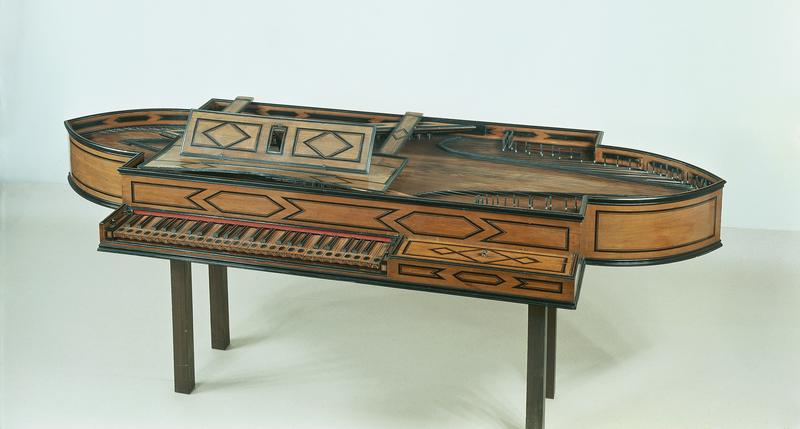The Invention of the Piano
By | January 9, 2019

Pianos have been commonplace down through the years but they were not always so. Even after its invention, it took a while before it caught on even in Italy, but when it did, it became quite popular all over the world.
Created in 1695, the Oval spinet is a small instrument with long bass strings and two 8’ registers similar to a harpsichord. The longest strings are placed in the center of the soundboard. This instrument was actually one of two instruments created by Cristofori before the actual piano was created. The other one was the spinettone which means “big spinet,” a large harpsichord with strings slanted to save space. It is thought that this was made to fit in a small space like an orchestra pit for theatre performances to have the sound of a loud multi-choired instrument.

Born in May of 1655, Bartolomeo di Francesco Cristofori was the Italian inventor who worked for Ferdinando de’ Medici, the Grand Prince of Tuscany in a small shop in Padua, Italy. Cristofori was an expert at making harpsichords. His official job was “Keeper of the Instrument.”
In Florence in 1709, Cristofori's first exhibition was held to display his creation of the first piano which was named gravicembalo col piano e forte (meaning “soft and loud keyboard instrument”). The name was gradually shortened to fortepiano (or pianoforte) and then to simply piano.
It is not known just how many pianos that Cristofori built but there are three that have survived and are on display, all from the 1720s. One of them is the 1720 piano which is on display in New York City at the Metropolitan Museum of Art and dates back the oldest. The 1722 piano is on display at the Museo Nazionale degli Strumenti Musicali in Rome and the 1726 piano is at Musikinstrumenten-Museum of Leipzig University. Only one out of the three is playable at all but not playable enough to tell what it would have sounded like back then.

This type of piano of “pianoforte” was found in the Republic. A cheap pianoforte would cost around $200 and be considered a sign of “refinement” by the 19th century. This particular piano shown here was made from rosewood by T. Volney in Boston. As pianos were and still are difficult to transport, the first piano was brought over by Robert Kleberg, a Texas pioneer, to Texas in 1834. Robert Kleberg was a veteran of San Jacinto as well as a judge of DeWitt County.
Part of the reason it took a while for Cristofori’s invention to catch on was that of the expense not only to make but also to transport. Only wealthy people such as royalty were able to purchase them in the beginning. After cheaper versions, the square type pianos were made in the 1760s, many other people were able to buy them.

Even though there have been improvements made upon it, not much as far as the basic structure has changed in comparison over the last 300+ years in regards to the modern day pianos. There are extreme exceptions, though as far as how exquisite the design is. The Bösendorfer Emperor Piano is one such piano. It was a special gift built for Franz Josef in 1869, who was an Austrian Emperor, to present to Meiji Emperor Mutsuhito, the 122nd Emperor of Japan in celebration of the Treaty of Amity and Commerce. Unfortunately, in 1873, the palace burned down and destroyed the beautiful piano. A reconstructed version has been made of 24 karat gold with hand-carved cherubs on the sides of the keyboard and sells for $2,000,000.


